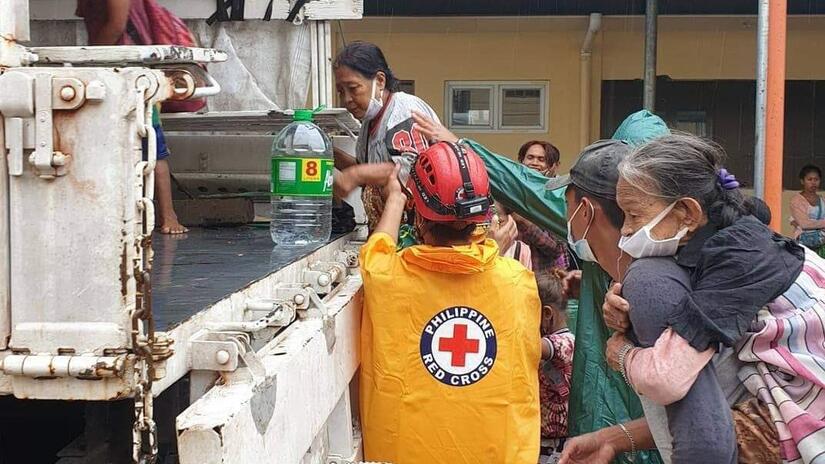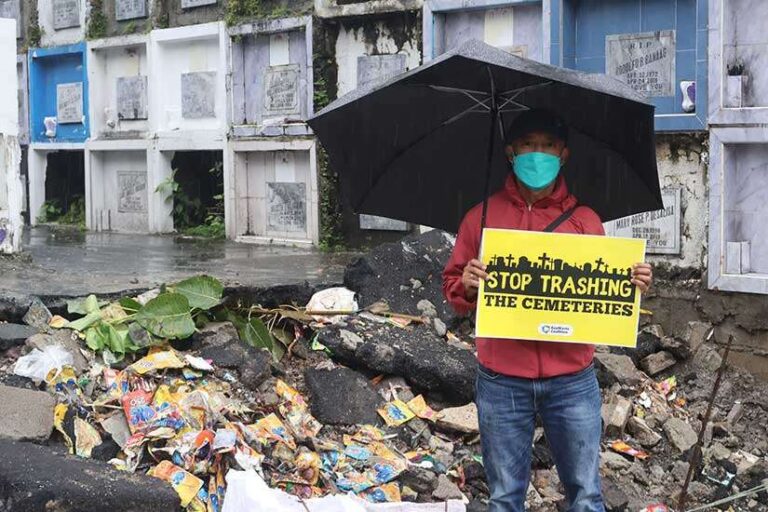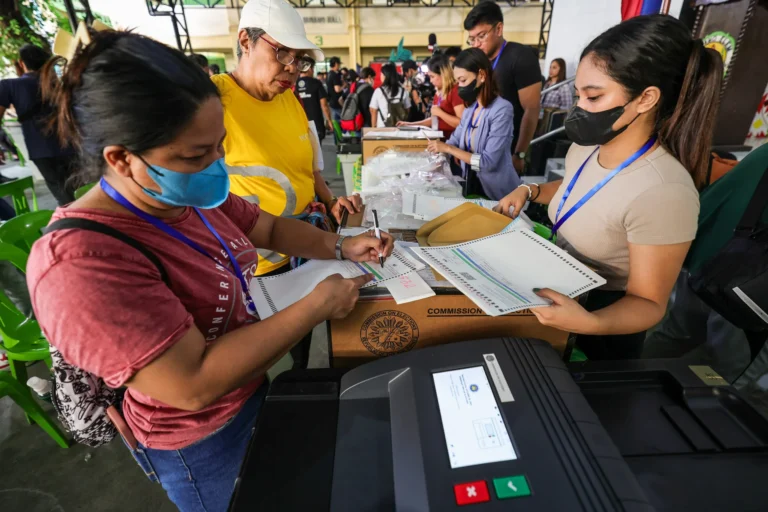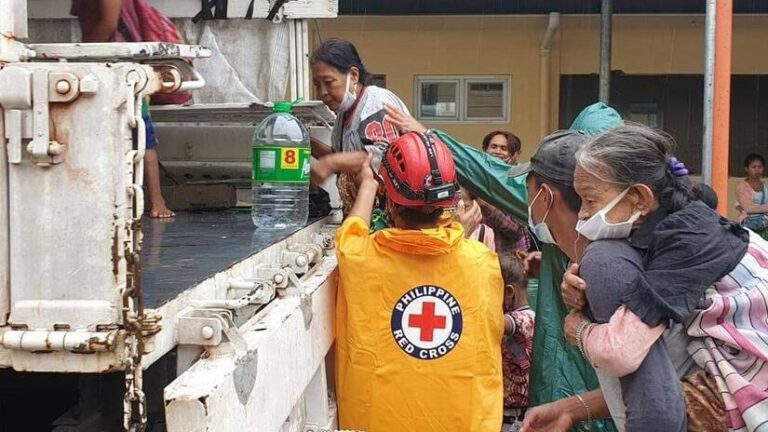
The Philippines is no stranger to natural disasters, particularly typhoons that bring heavy rains, strong winds, and widespread devastation. This week, a developing tropical storm poses a new threat to Northern Luzon, just weeks after recent storms left communities grappling with damage and disrupted livelihoods. Regions like Batanes, a remote area often hit by storms, have already seen extensive damage to homes and infrastructure. In response, the Philippine Coast Guard deployed the BRP Gabriela Silang with relief supplies, providing essential aid to communities in dire need.
While the country has a national disaster response framework, recent storms reveal lingering weaknesses in areas such as evacuation procedures, resource allocation, and community preparedness. Many localities, especially those in remote and vulnerable regions, lack the necessary resources to respond effectively to disasters. In such cases, residents often rely on each other, organizing ad-hoc response teams and makeshift shelters to bridge the gap until formal aid arrives.
Experts emphasize the need for investing in climate-resilient infrastructure and community-level disaster preparedness programs. Improvements in infrastructure—such as stronger shelters, better drainage systems, and reinforced bridges—could significantly reduce the damage caused by natural calamities. Additionally, early-warning systems and public education campaigns can help communities better prepare for impending disasters, ultimately reducing the need for large-scale rescue and relief efforts.
Typhoons are inevitable in the Philippines, but their impact can be mitigated through proactive measures and resilience-building initiatives. The recent storms serve as a reminder that disaster preparedness requires not just government intervention but active community participation. Equipping citizens with the knowledge and resources to respond to natural calamities will be essential for the Philippines to weather future storms with resilience and unity.


